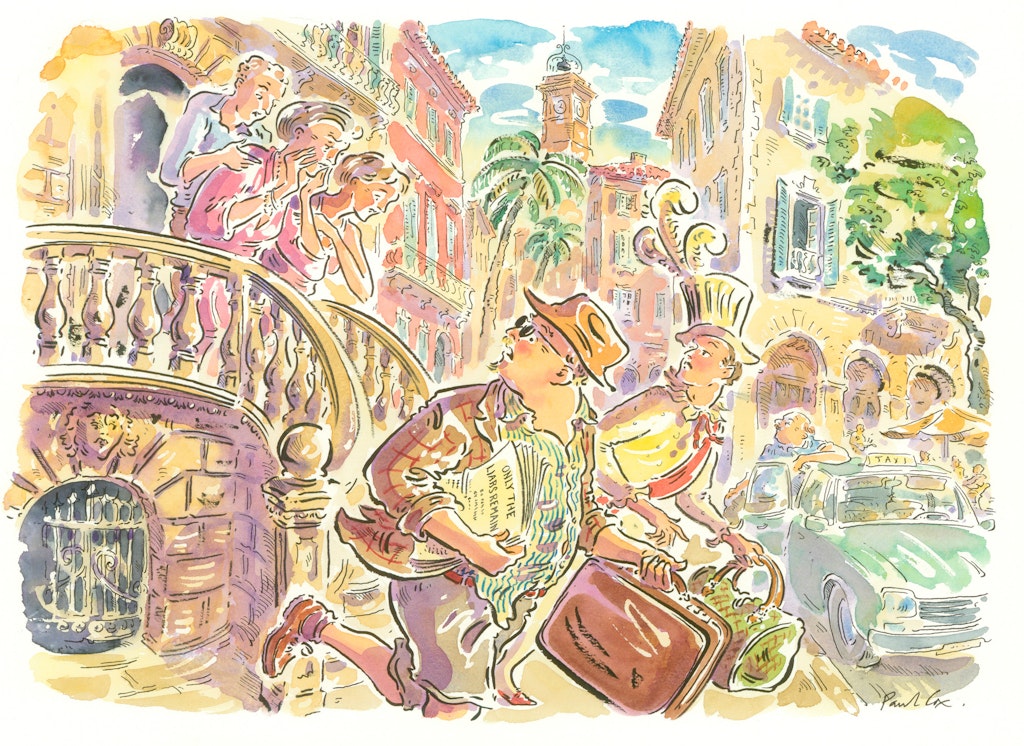AI has not killed the author
Advanced technology can enhance rather than replacing the pleasure of a good book
The end of reading is everywhere proclaimed — young people are all on TikTok and middle-aged people are all on Facebook. Smartphones and the internet killed reading. Or so they say. Plenty of surveys show the decline of reading among teenagers, but there are also surveys showing that TikTok users read more than they used to thanks to recommendations they find on the platform. People carp that TikTok prefers trash to literature, but the fact is that book sales benefit from people gushing online about their favourite reads. The relationship between books and the internet isn’t a simple story of one replacing the other.
And if you want engagement with classics, go to Twitter, where people share lists of their top-ten novels and talk about reading the Western Canon. Internet entrepreneurs like Patrick Collinson talk regularly about their wide-ranging reading. Where else can you find Joyce Carol Oates comparing Joyce, Tolstoy, Dostoevsky, and Chekhov?
Books — and great books — are very far from being a thing of the past. And now AI might be about to reinvent the book for the future.
Literature academics have given more attention to book history in recent years. As the internet drew more of our reading time to screens, the physical book was no longer taken for granted. Adam Smyth’s forthcoming The Book Makers tells the history of what making books actually involved: the long, hard days of physical labour, the strenuous manufacturing and careful craftsmanship that created books of the ages like the early printed copies of Chaucer and Shakespeare’s First Folio, which we hold as treasures in national libraries. These were the result of dozens and dozens of persnickety tools, thousands of hours of repetitive labour, and long processes of arranging and rearranging the hundreds of pieces of type required for every printed page. Such was the work required to make a book.
But printers also produced much ephemera. In 1742, Benjamin Franklin was printing Samuel Richardson’s classic novel Pamela — a two year project, and even then the book was sold unstitched. Part of the delay was caused by demand for other, less permanent, works. Franklin routinely stopped printing the novel to produce: lottery tickets, licences for pubs, hat bills, sheriff’s warrants, thousands of adverts, soap wrappers, playbills. Just like the modern internet, printers split their effort between the lasting works of civilisation and the daily clamour for trivia and business.
Now AI brings new worries about a vast influx of ephemera; AI is already filling Amazon with cheap knock-off books. Of course, that is just what unscrupulous printers used to do in Franklin’s day, filling the market with low-quality pirate editions. Such is life. But AI also offers a real chance for innovation that will benefit readers. Ironically, Smyth’s book is one of those that would most benefit from existing not just as a traditional print or kindle book, but as an app. His book is full of images of old printed pages, typefaces — rare scraps of printed history. Imagine if, while reading the history of books, you could see those images on an ipad screen, zoom into them, and chat with an AI about their history, pulling related material in from the internet. Imagine reading about the Bayeux Tapestry and being able to view it in marvellous detail, as you can on the official website.
Many non-fiction books today are simply … not good enough at conveying information for readers who have other things to do with their time
This has the chance to improve books in many other ways. When you read a biography of any modern figure, you only get words and pictures — but those people exist most vividly in the video and audio archive. Political speeches and author’s radio appearances could be incorporated into a book-as-app, all enhanced with an LLM assistant so that you can actually explore the subject of your book in a more appropriate medium. When the time comes to write Taylor Swift’s biography, it will hardly make sense for it to be only in print: we will need the concert videos, news clips, interview segments all incorporated. We will want to ask the embedded LLM for details of recording history and celebrity gossip as we go.
Many non-fiction books today are simply too long or too waffly, not good enough at conveying information for readers who have other things to do with their time. Enhanced with LLMs, as some books already are, books will become easier to navigate and interrogate — adding AI to a book is a bit like providing a super-enhanced index service, that doesn’t just find what you want but helps you understand and summarise it, to make your reading more rewarding.
And if you want to read Ulysses, one of the classics that requires most supplementary material, you can do worse than to have ChatGPT open next to you, as I recently did, and read out sections that you don’t understand. ChatGPT recognised quotes from the book without being told what they were and gave me useful, concise commentary on them. Even better, I didn’t have to accept that commentary but could challenge it and ask for clarification.
Traditional books and printing are one of the wonders of the world — the greatest pleasure of civilization, as Oates says — and now that they are being added to with this new technology, readers will be the ones who benefit.
Enjoying The Critic online? It's even better in print
Try five issues of Britain’s most civilised magazine for £10
Subscribe














